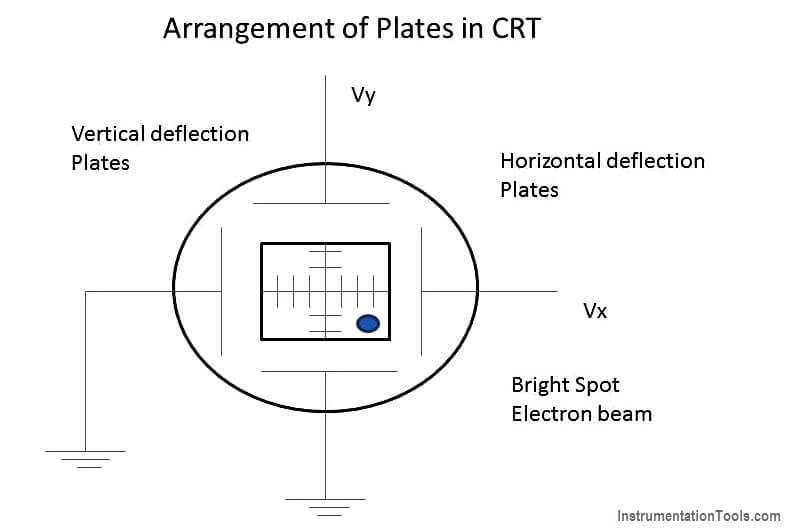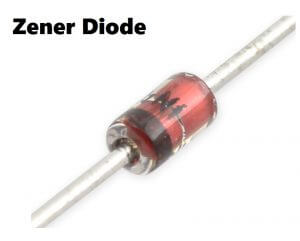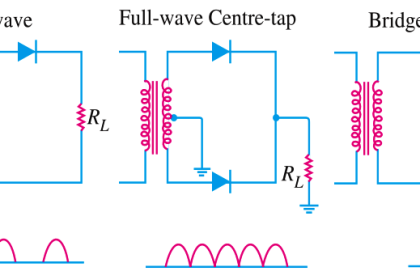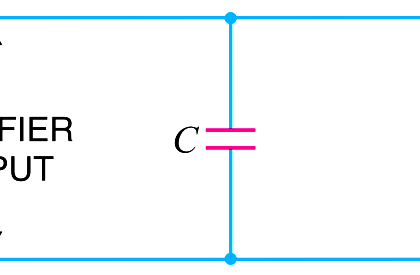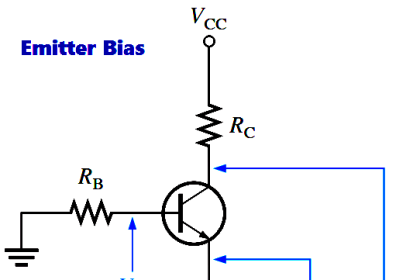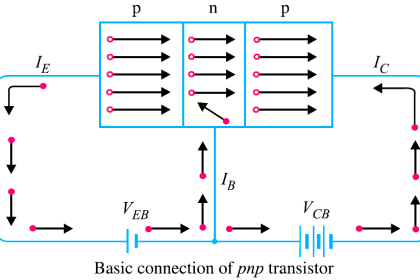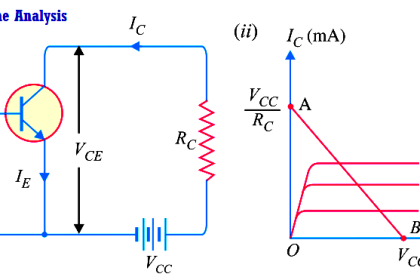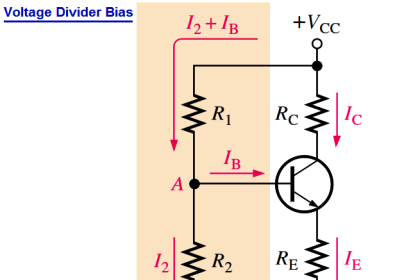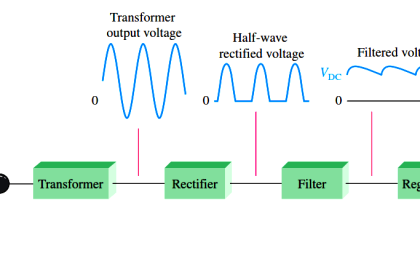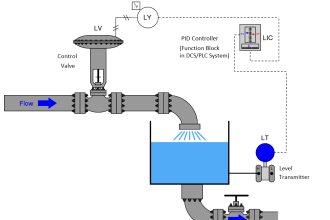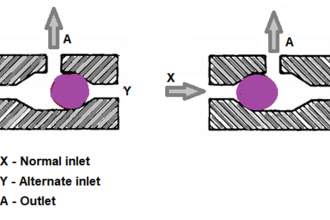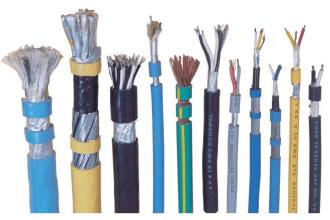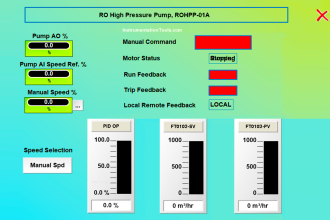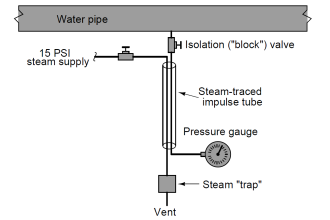This Post Deflection system of CRT is a continuation of my previous post Electron Gun of CRT. This post completely covers the Deflection system of the CRT. When the electron beam is accelerated it passes through the deflection system, with which beam can be positioned anywhere on the screen.
The deflection system of the cathode-ray-tube consists of two pairs of parallel plates, referred to as the vertical and horizontal deflection plates. One of the plates in each set is connected to ground (0 V). to the other plate of each set, the external deflection voltage is applied through an internal adjustable gain amplifier stage. To apply the deflection voltage externally, an external terminal, called the y input or the x input, is available.
As shown in the image below, the electron beam passes through these plates. A positive voltage applied to the y input terminal (V y) causes the beam to deflect vertically upward due to the attraction forces, while a negative voltage applied to the y-input terminal will cause the electron beam to deflect vertically downward, due to the repulsion forces.
Similarly, a positive voltage applied to X-input terminal(V x) will cause the electron beam to deflect horizontally towards the right; while a negative voltage applied to the X-input terminal will cause the electron beam to deflect horizontally towards the left of the screen. The amount of vertical or horizontal deflection is directly proportional to the corresponding applied voltage.
When the voltages are applied simultaneously to vertical and horizontal deflecting plates, the electron beam is deflected due to the resultant of these two voltages.
The face of the screen can be considered as an X-Y plane. The (X,Y) position of the beam spot is thus directly influenced by the horizontal and the vertical voltages applied to the deflection plates Vx and Vy respectively.
The horizontal deflection (X) produced will be proportional to the horizontal deflecting voltage, Vx, applied to X-input.
X = KxVx
Where, Kx is constant of proportionality.
The deflection produced is usually measured in cm or as number of division , on the scale, in the horizontal direction.
Then Kx = x/Vx where Kx expressed as cm/volt or division/volt, is called horizontal sensitivity of the oscilloscope.
Similarly, the vertical deflection (y) produced will be proportional to the vertical deflecting voltage, Vy, applied to the y-input.
Y= KyVy
Ky=y/Vy and Ky, the vertical sensitivity, will be expressed as cm/volt, or division/volt.
The schematic arrangement of the vertical and the horizontal plates controlling the position of the spot on the screen is shown in the figure.
The values of vertical and horizontal sensitivities are selectable and adjustable through multi positional switches on the front panel that controls the gain of the corresponding internal amplifier stage. The bright spot of the electron beam can thus trace (or plot) the X-Y relationship between the two voltages, Vx and Vy.
